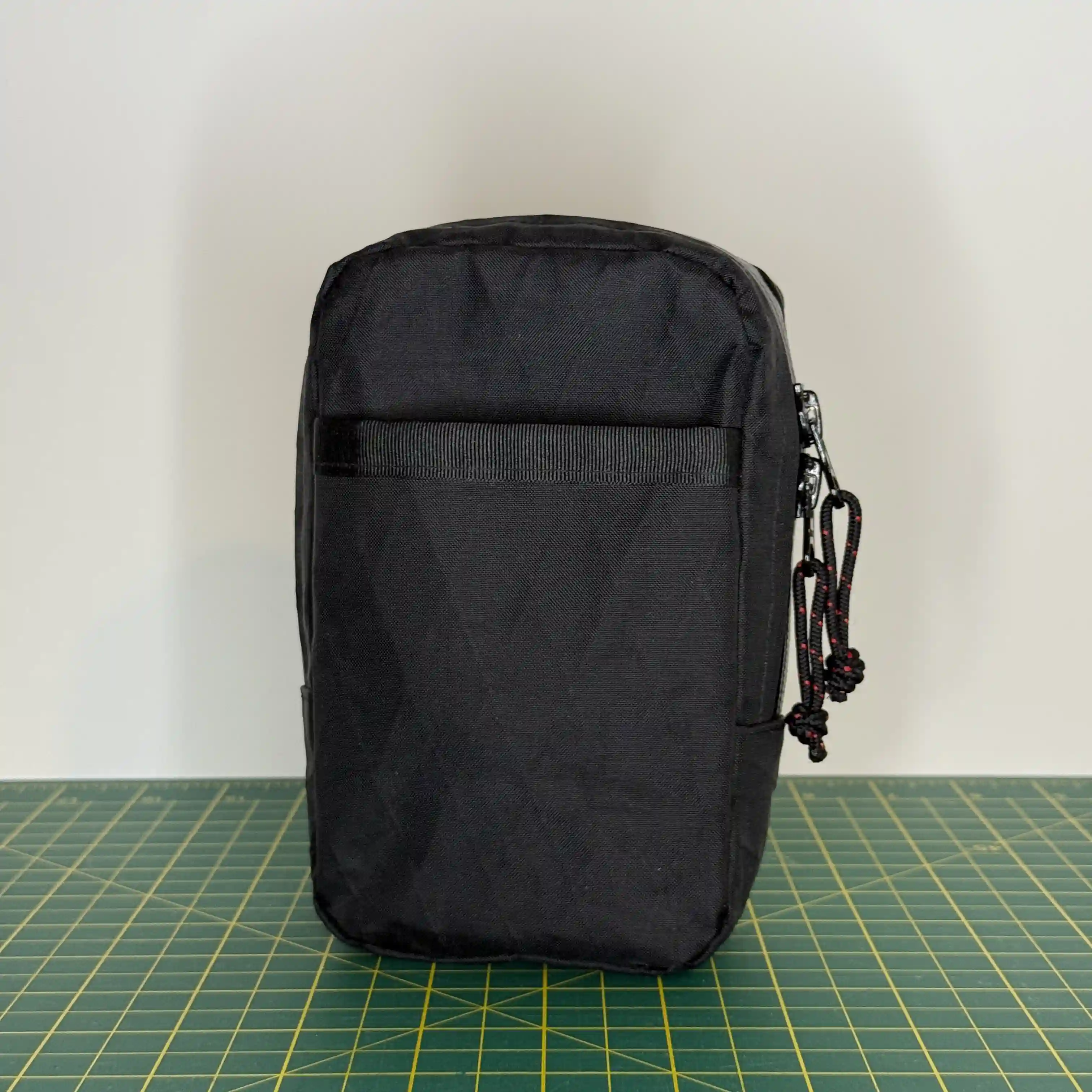Zip Pouch
PDF Pattern Generator
Create custom-sized zip pouches without the need for complex calculations and guess work. Enter your chosen dimensions into the form below and a PDF pattern will be generated and automatically downloaded.
- Instant Download
- Free access to future revisions
- Illustrated instructions included
- Not for commercial use, get in contact for options.


